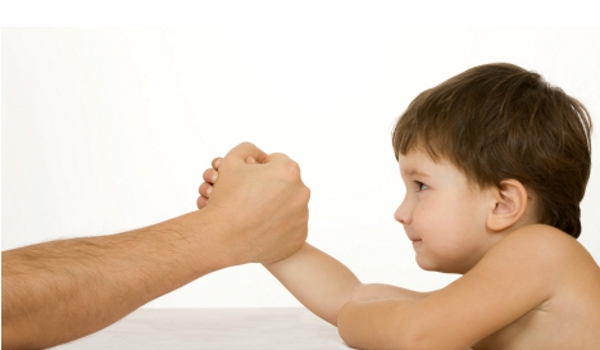Osteoporosis exercise programming

Understanding weight bearing and balance exercises are key considerations when putting together an exercise programme for Osteoporosis, let us explain more.
Programming considerations.
There are specific elements to include in osteoporosis exercise programming to make it both safe and effective.
There are two main goals in osteoporosis exercise programming to avoid any exercises that can worsen the condition, and to engage in those that will actively improve it.
Why weight bearing exercises.
The focus should therefore be on weight bearing exercises these have been show to increase bone density by up to 1% per year, which over time can make a big difference to the strength of the bones and their resistance to fracture.
What are they?.
Put simply, weight-bearing exercises can include anything that is done on your feet with your bones supporting the weight of the body.
Examples of good weight bearing workouts include:
- Strength training
- Running
- Hiking
- Stair-climbing
- Step aerobics
- Dancing
- Racquet sports
Although they are good cardiovascular activities, walking and swimming have little effect on bone building. Strength training can include a range of activities, including weight-lifting using weights, weight machines, body weight or elastic bands.
Balance exercises.
Balance exercises are also beneficial, which can include aquatic therapy, walking or simply standing on one leg many therapists are also starting to recommend the use of Wii Fit for balance activities for their patients.
In summary.
Activities to be careful about include flexion exercises, (for example any exercise that has you bend at the waist), high impact exercises (these include running, jogging, jumping, tennis and dancing), and anything that involves twisting the spine.




